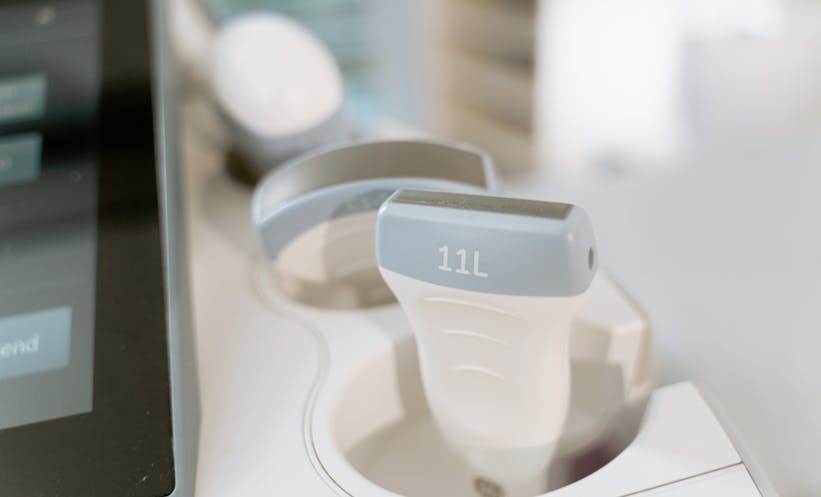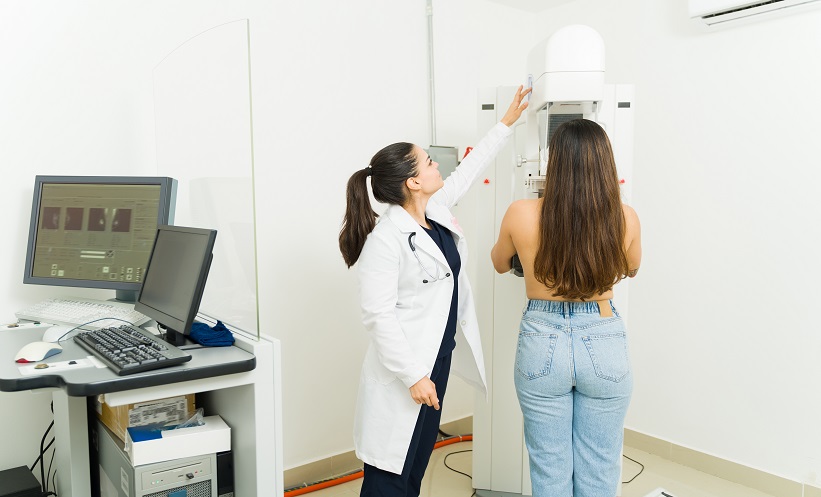UNDERSTANDING how patients perceive artificial intelligence (AI) in healthcare is vital as such technologies become increasingly integrated into clinical practice. A recent prospective study explored how women undergoing routine breast screening view the use of AI in interpreting their mammograms. A key finding was that while most participants preferred AI to assist radiologists, only a small minority were comfortable with AI functioning independently.
Conducted at a single institution in the United States, the study involved over 500 participants and sought to identify the factors influencing acceptance of AI in radiological assessments. Between February and August 2023, women presenting for routine screening mammography were invited to complete a 29-question survey. The questionnaire collected demographic details including age, ethnicity, education level, income, and personal breast cancer history. The study then applied univariable and multivariable logistic regression to assess which factors were independently associated with greater acceptance of AI in screening mammogram interpretation.
Of the 518 respondents, 72.8% were aged between 40 and 69 years and 67.0% held a college degree or higher. Despite 76.5% reporting minimal or no knowledge of AI, 71.0% expressed support for AI use as a second reader, while only 4.44% accepted stand-alone AI interpretation. In hypothetical scenarios, 88.9% of participants preferred radiologist review following an AI-flagged abnormal screening. Educational attainment significantly influenced acceptance, with higher education linked to greater AI support (odds ratio [OR] 2.05; 95% CI: 1.31–3.20; p=0.002). Racial disparities were also evident, with Hispanic and non-Hispanic Black participants showing greater concern over AI bias compared with non-Hispanic White participants ([OR]s 3.32; 95% CI: 1.15–9.61 and 4.31; 95% CI: 1.50–12.39, respectively; both P=0.005).
This study indicates that while patients are open to AI involvement in breast screening, they overwhelmingly favour its use in a supportive, rather than standalone, capacity. Education appears to play a key role in shaping attitudes, highlighting the need for improved patient education around AI capabilities and limitations. Concerns over algorithmic bias among racially minoritised groups underscore the importance of developing inclusive and transparent AI systems. As AI integration progresses, clinicians must remain sensitive to patient preferences and ensure that human oversight remains a visible and reassuring part of diagnostic workflows. Limitations of this study include the single-centre design and self-selection bias, which may affect generalisability.
Reference
Ozcan BB et al. Patient Perception of Artificial Intelligence Use in Interpretation of Screening Mammograms: A Survey Study. Radiol Imaging Cancer. 2025;DOI: 10.1148/rycan.240290.








